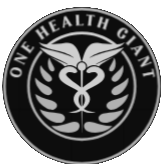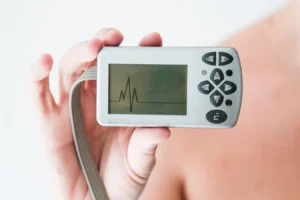Although high-intensity interval training (HIIT) is not new – it was first described in the 1950s – it has received special attention from the scientific community and society in the last decade.
Originally designed to improve the physical performance of athletes, this type of exercise accompanies the traditional continuous intensity method and is used by both healthy people and those with pathologies. Studies point to its wide-ranging benefits for physical and mental health.
Its basic “ingredients” can vary greatly: type of exercise (running, cycling, functional or strength training, etc.); frequency (1 to 5 days a week); duration of the session (6-75 minutes); time of high-intensity work (90-140 seconds); duration of active rest (120-140 seconds); number of blocks that make up the session (7-14), or time between them.
What do we talk about when we talk about HIIT?
Such a wide range of possibilities means that the protocols applied are very diverse. So, what are we talking about when we talk about HIIT? That is the question we tried to answer with our study, in which we collected 103 original articles, with the participation of a total of 4,037 people, from children and adolescents to adults.
To analyze the work, we classified the modalities of this type of physical activity into three large groups:
- Mixed normal HIIT (running or cycling). It provides the highest work times (around 143 seconds) and active rest times (around 138 seconds).
- Long HIIT (running only). This has the longest session time (about 40 minutes).
- Short HIIT (bike only). It is characterized by having the shortest session time (24 minutes), the largest number of blocks, and the shortest work times (90 seconds) and active rest times (121 seconds).
Cardiorespiratory health, in shape
We then asked ourselves the following question: what type of HIIT is most effective for improving cardiorespiratory fitness?
The good news is that all three significantly improve maximal aerobic capacity – the fastest rate at which a person can take in, use, and transport the oxygen they breathe. This is a key marker when assessing a person’s health, cardiovascular fitness, and physiological well-being.
However, there is a nuance: we observed that the effect was slightly greater in long-run HIIT, especially in people aged 20 to 44.
In addition, based on our study we have created a tool (AGReHIIT) so that researchers and sports and health professionals who want to create their own HIIT “recipe” can access an easy and understandable guide.
When choosing a modality, our results lead to the following recommendation: we should choose the one we like the most and that encourages us to do sport, without fear of change and being flexible. We should only bear in mind that in certain phases of some diseases, it may be easier and safer to apply protocols on a bicycle; for example, in people affected by some cardiovascular disease or obesity.
Effects on physical and mental health
We know that HIIT, regardless of the option we choose, triggers different health mechanisms. For example, the release of substances that increase when there is a lack of oxygen in the tissues – such as lactate – and the increase in the protein called brain-derived neurotrophic factor (BDNF), with benefits for brain metabolism and general health.
In patients with depression, HIIT has been shown to reduce chronic low-grade inflammation, which is present in many chronic diseases. It also improves cognitive function, performance, and the ability to concentrate.
In addition, our body becomes more efficient at capturing and absorbing the available oxygen to “feed” our muscles and brain, optimizing, as we pointed out, our cardiorespiratory fitness. This improves cerebrovascular function and decreases the risk of getting sick and dying.
Ultimately, whether you suffer from an illness or not, any type of HIIT can be beneficial. If you are an athlete or preparing for a test, change the modality depending on your goals. If you are a clinician, trainer, or rehabilitator, adapt it to the preferences and clinical condition of your patient or client, choosing what generates the greatest safety, adherence, and pleasure.![]()























+ There are no comments
Add yours